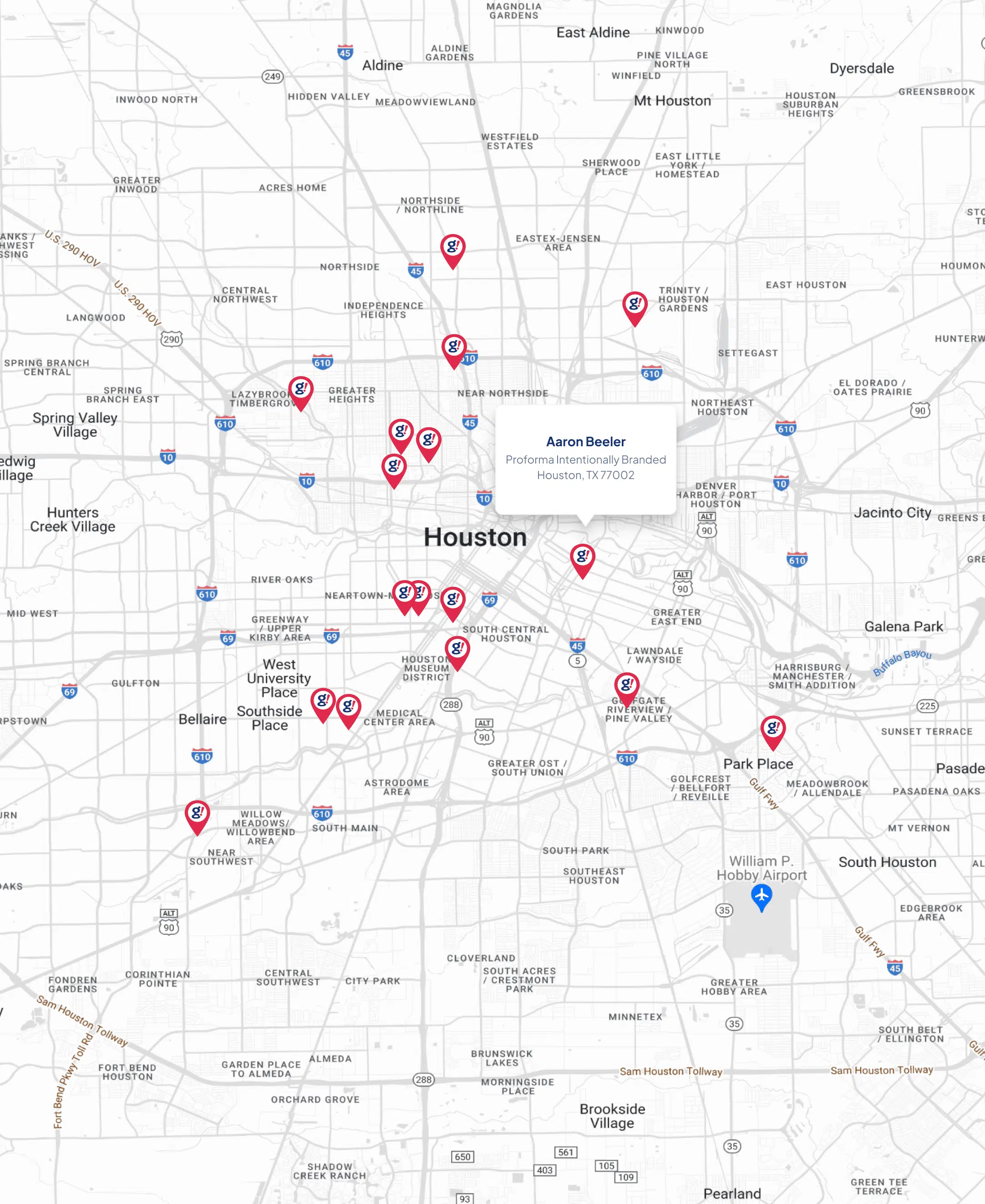Dear Subscriber: Why you need to know about First-Person Marketing - ClickZ
- Updated on: 2018-02-06
- Read original article here

Email marketing is nothing new, but as our ability to harness big data improves, so does email’s potential as a marketing channel.
In this article, we discuss data-driven personalization, what it means for email marketing, and how to deliver one-to-one communications at scale.
As someone who works in digital marketing, I have more patience than most when it comes to marketing emails. I know the long hours that have gone into crafting that email copy, resizing that image header, segmenting that list. If I see a well-crafted subject line or a novel call-to-action, it will usually be rewarded with a click.
So it pains me even more when I see an email that bears that unmistakable mark of depersonalization – the dreaded robot greeting:
“Your – continued – engagement – is – important – to – us. Beep.”
As consumers, we know deep down that the marketing emails we receive are not really sent to us personally by a cheery sales representative called Paul.
But seeing the cogs of the machine exposed doesn’t lessen the sense that you’re just another email address in a database. Like when you realize the barista at your local coffee shop has the same in-joke with the hundred other customers who get coffee in the morning.
From the brand’s perspective, this isn’t good. At best, it means your email will be ignored. At worst, you’ll lose your customers’ respect, and their loyalty.
This reveals something important about what customers value when interacting with a brand – personalization. In a study by InfoSys, 59% of shoppers who have experienced personalization believe it has a noticeable influence on purchasing. The majority (58%) were also in favor of product recommendations based on previous purchases.
The need for personalization is not lost on marketers, either. Data analytics firm Teradata found that 90% of marketers think individualized marketing is the future, and that we’re moving towards “true one-to-one personalization in a real-time context”. In other words, personalization is no longer an added extra, it’s a necessity.
First-Person Marketing is a philosophy that aims to deliver a ‘first-person’ experience to customers – in other words, ensuring their experience with the brand is tailored to them as an individual. ClickZ Intelligence explain this in more detail in their new report, Email and the Age of First-Person Marketing, created in partnership with Adestra:
“It’s 1:1 marketing done at scale. Advanced technology and data integrations allow marketers to create the kind of personalized, relevant messages for a mass audience that look as if the marketer composed a personal message to each customer in the database. By incorporating preferences, behavior, interests, lifecycle/journey touchpoints and other data points in each message, 1:1 marketing creates a “first- person” experience that tells recipients individually that they are understood and valued as individuals, and not just more records in a database.”
First-Person Marketing can be applied across several mediums, including displaying dynamic content on a website based on which user is accessing it and generating personalized product recommendations.
However, email marketing remains a key channel to this approach because it delivers messaging in a direct – rather than a broadcast – format. Ryan Phelan, VP of Marketing Insights for Adestra, points out that an email address makes customers easier to single out: “We can identify the person we’re talking to every time because we have their email addresses. We’re going into their inboxes.”
Email is ripe for personalization in other ways, too – for example, it’s easier than ever to integrate other sources of data to get a better understanding of your target audience. Jenny Lassi, Director of Operations at digital agency High Road Solutions, agrees:
Of course, to achieve this you need data. Luckily, marketers can now access a wealth of information about their customers. Customers’ purchase history, for example, can now be drawn together alongside data on website behavior, interactions with emails and stated preferences. All this can then be collated and analysed to help brands understand who their customers are, what they want, and how best to satisfy their needs.
This means marketers have the potential to optimize every element of an email marketing campaign – including send time, frequency, segment, subject line and even the copy itself – using data from several different sources. As a tool for delivering First-Person Marketing, the future looks bright for email.
To learn more about first-person marketing and what it means for your email strategy, download your free copy of Email and the Age of First-Person Marketing, a new report by ClickZ Intelligence in partnership with Adestra.



